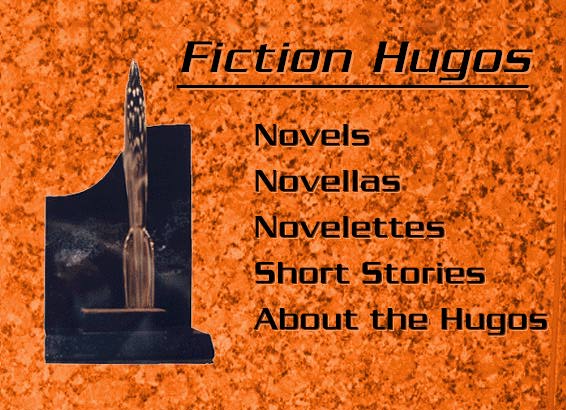Facebook makes less than $10/user, can we find alternatives to advertising?
Submitted by brad on Fri, 2015-07-10 13:02Facebook's ARPU (average revenue per user, annualized) in the last quarter was just under $10, declining slightly in the USA and Canada, and a much lower 80 cents in the rest of the world. This is quite a bit less than Google's which hovers well over $40.




 It's important to understand the nominating and voting on the Hugos is done by members of the World SF Society, which is to say people who attend the World SF Convention (Worldcon) or who purchase special "supporting" memberships which don't let you go but give you voting rights. This is a self-selected group, but in spite of that, it has mostly manged to run a reasonably independent vote to select the greatest works of the year. The group is not large, and in many categories, it can take only a score or two of nominations to make the ballot, and victory margins are often small. As such, it's always been possible, and not even particularly hard, to subvert the process with any concerted effort. It's even possible to do it with money, because you can just buy memberships which can nominate or vote, so long as a real unique person is behind each ballot.
It's important to understand the nominating and voting on the Hugos is done by members of the World SF Society, which is to say people who attend the World SF Convention (Worldcon) or who purchase special "supporting" memberships which don't let you go but give you voting rights. This is a self-selected group, but in spite of that, it has mostly manged to run a reasonably independent vote to select the greatest works of the year. The group is not large, and in many categories, it can take only a score or two of nominations to make the ballot, and victory margins are often small. As such, it's always been possible, and not even particularly hard, to subvert the process with any concerted effort. It's even possible to do it with money, because you can just buy memberships which can nominate or vote, so long as a real unique person is behind each ballot.